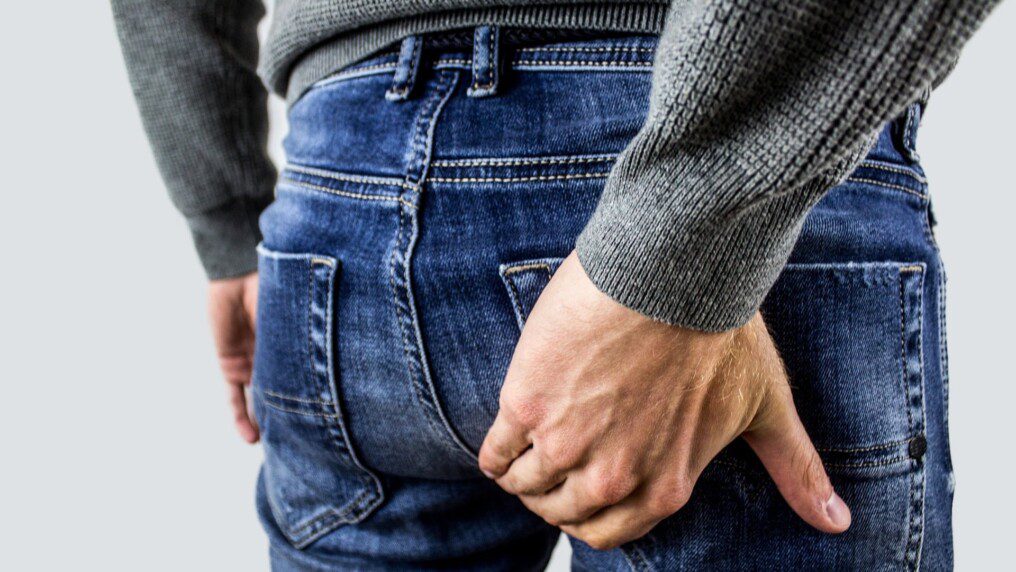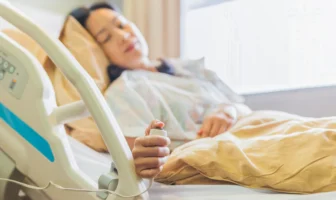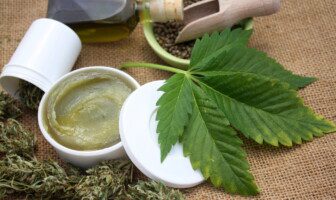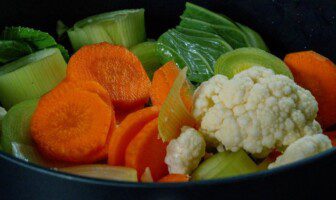
Haemorrhoids is a condition caused by the swollen veins around your anus or rectum. It is also known as buasir in Malay. They can be painful or non-painful depending on the types of haemorrhoids. They are differentiated into internal and external haemorrhoids based on the location of swollen veins. If the swollen veins are inside your rectum, it is known as the internal haemorrhoid. It is not painful but you may have the sensation of fullness and bleeding. If the swollen vein is around the anus and under the skin, it is called the external haemorrhoid. They are painful and may crack and bleed from rubbing and irritation. Haemorrhoid forms when there is increased pressure in the veins in your rectum or around the anus. There are several causes such as constipation, straining, obesity, heavy lifting, and any straining activities. Everyone may have haemorrhoid at some point in their life. Although pain is a symptom of the disease itself, managing the haemorrhoid pain is as important as treating the disease itself. For people who suffered haemorrhoid pain, it definitely causes troubles in your daily routine. Therefore, there are some tips and treatments that are helpful in getting rid of haemorrhoid pain.
1. Dietary change:
This is an important aspect in reducing the haemorrhoid pain in the short term as well as prevention getting haemorrhoid in the long term. Constipation is the main cause of haemorrhoid in our population. Therefore, the inclusion of high fibre food is helpful to prevent constipation. High fibre foods include fresh fruit, vegetables, cereals, and whole grain bread can help the formation of soft stools, facilitating movement of faeces along the bowel. It also reduces straining that may worsen your haemorrhoid. Drinking plenty of water is also helpful in softening your faeces. However, dietary change is encouraged to be done slowly to make yourself accustomed to the changes.
2. Soak in warm water and using cold packs:
Soaking the anal region in the warm water helps to reduce irritation and itching caused by the haemorrhoid. You can do this for about 10-15 minutes and 3 times daily. Besides that, cold packs can help to reduce the haemorrhoid swelling, causing vasoconstriction and less haemorrhoid pain.
3. Maintain clean hygiene around the anal region:
Do not forget keeping the region clean because there may be some bleeding and wound around the haemorrhoid. They may be exposed to the bacteria from the surroundings and get infected. Try to pat the region using the clean tissue and keep the region dry using the hairdryer. Avoid alcohol-based or perfumed wipe to reduce irritation to the area.
4. Topical treatments:
You can obtain these topical treatments from the pharmacy after confirming you had the haemorrhoid. These topical treatments can come in the form of creams, suppositories, and ointments. They help to reduce the swelling and discomfort, thus reducing the sensation of pain. Please use the medication according to the advice stated on the medications or doctor’s advice. Any medication should be combined with dietary changes and self-care to achieve the optimum outcome.
5. Taking painkillers:
The most common painkillers to be taken for haemorrhoid is paracetamol. They can you to reduce the sensation of pain caused by the haemorrhoid. Bear in mind that taking painkiller does not cure the root of the problem but merely addressing the symptoms. However, NSAIDs are not recommended for bleeding haemorrhoids as it can worsen the bleeding. Furthermore, opioid painkiller should also be avoided as it can cause constipation which can worsen the haemorrhoid. Any queries on medication should consult your doctor or pharmacist.
7. Non-surgical procedures:
If the dietary changes, self-care, and medication do not improve your condition, you may need some interventions depending on the severity and location of your haemorrhoid. You may need a specialist consultation to confirm the haemorrhoid and recommend a suitable intervention. Non-surgical procedures are recommended for a milder haemorrhoid problem. The procedures include banding and sclerotherapy. Banding procedure involves placing a tight elastic band around the neck of your haemorrhoid to cut off their blood supply, causing them to fall off about a week after the procedure. Sclerotherapy involves injecting chemical solution in the blood vessels of the haemorrhoid, causing it to reduce in size and eventually shrinks up. Of course, there are some pros and cons with these procedures.
8. Surgical procedures:
About 10% of patient will progress to this stage that required the surgical intervention. When you need the surgery, it means that the haemorrhoid is more serious and involves a larger area. You will be given anaesthetic and have the haemorrhoid removed or stapled by your surgeon. There are different types of surgeries but their principle is to cut off the blood supply and causing the haemorrhoid to shrink. Prior to surgery, the doctor will explain the procedure and its benefit and risk.
In conclusion, these tips and treatments are useful in tackling the haemorrhoid pain. Pain around the anus region can be caused by other diseases other than haemorrhoid per se. Before attempting any treatment by yourself, it is recommended to get the health check-up if you are suffering from haemorrhoid to get the appropriate advice and treatment.
Read Also:




























